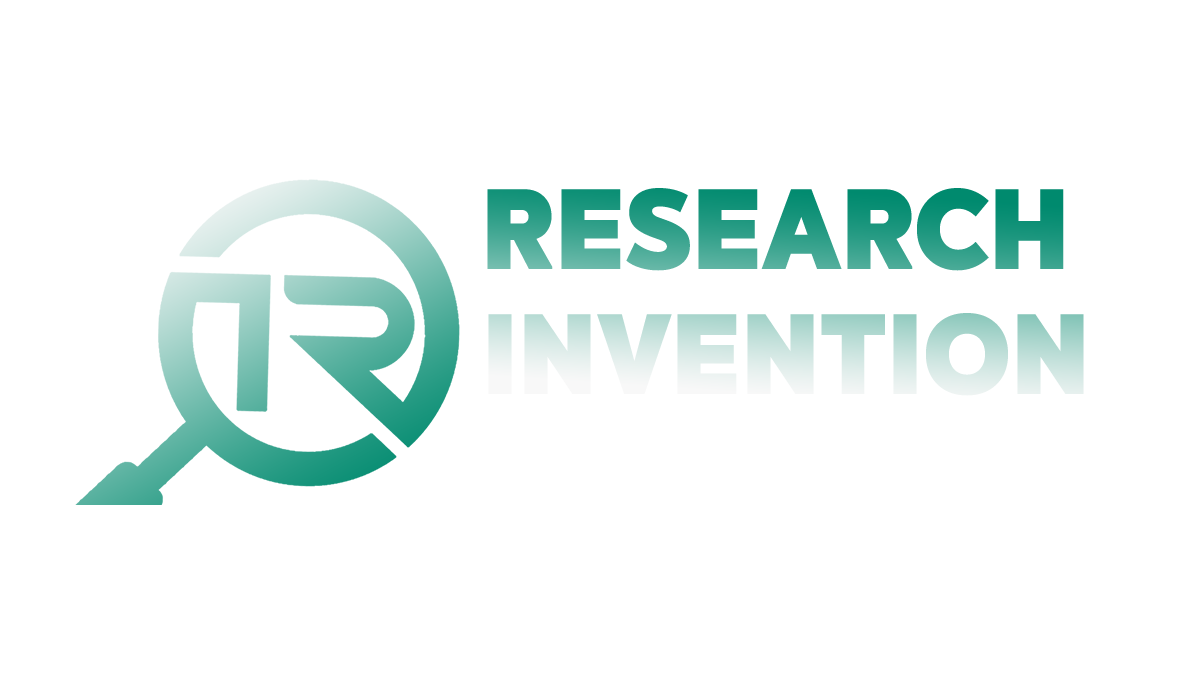Human Immune System, Its Levels, and Disorders in the Context of HIV/AIDS: A Comprehensive Review
Mugo Moses H.
School of Natural and Applied Sciences Kampala International University Uganda
ABSTRACT
The human immune system is a complex and multi-tiered defense mechanism that safeguards the body from infections and diseases. This comprehensive review explores the structure and function of the immune system, detailing its two primary components: innate and adaptive immunity. While innate immunity offers immediate, nonspecific defense, adaptive immunity provides long-term protection by targeting specific pathogens. The review delves into the impact of HIV on the immune system, focusing on how the virus specifically targets and depletes CD4+ T cells, leading to immune system dysregulation and the progression to AIDS. The discussion includes the stages of HIV infection, the virus’s mechanisms of immune evasion, and the resulting immune dysfunctions such as immunodeficiency, chronic inflammation, and autoimmune disorders. Opportunistic infections like tuberculosis and hepatitis are also examined in the context of HIV-induced immune suppression. Advances in HIV/AIDS treatment, particularly the role of antiretroviral therapy (ART), are highlighted, emphasizing ART’s effectiveness in preserving immune function and improving patient outcomes. The review concludes by addressing ongoing challenges with ART adherence, access to treatment, and drug resistance, while also exploring emerging research into potential cures, including gene therapy and therapeutic vaccines. Through a detailed exploration of the human immune system and its vulnerabilities to HIV, this review underscores the importance of continued research and intervention in combating the global HIV/AIDS epidemic.
Keywords: Human immune system, HIV/AIDS, CD4+ T cells, innate immunity, adaptive immunity, immunodeficiency.
CITE AS: Mugo Moses H. (2024). Human Immune System, Its Levels, and Disorders in the Context of HIV/AIDS: A Comprehensive Review. RESEARCH INVENTION JOURNAL OF PUBLIC HEALTH AND PHARMACY 3(3): 56-60. https://doi.org/10.59298/RIJPP/2024/335660
